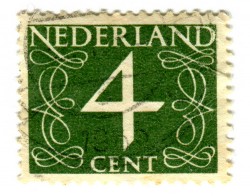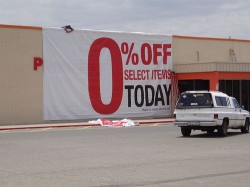
Image: Karen Horton
The AIDA marketing model is a simple four-step marketing strategy has been around since Claude Hopkins, nearly a century ago.
It’s got more identities than Batman.
Some call it A-I-D-A (Attention, Interest, Desire, Action). Others say it’s the 4 Ps (Promise, Picture, Proof, Push).
Old-fashioned? Maybe. But even at a century old, it still works.
Here’s how.
Attention or promise
The first step is the big idea. It’s the headline. The one that has to make anyone who sees or hears it stop and look. Here’s where you tell readers what you can do for them, and why they want it. The box, the book, the solution to the problem that’s got your prospects staying up late at night. Use the headline to engage their emotions, stir their curiosity, or ignite their greed. The headline has to do most of the work, so make it a good one.
Interest or picture
Now we’re telling people more about what they’ll get. This section builds on the headline to paint a mental picture. We’re getting into more details about results. We’re telling readers how much better they’ll feel. The money they’ll earn. The peace of mind they’ll have because their cars will run better. Showing them the instantly recognizable logo that will make the competition look shabby and cheap.
Desire or proof
Show your readers why they want your product. Go into more details about what it does, the problems they will solve, the information they’ll get, and how it will improve their lives or their businesses. Give them proof that it works. Include your own results, or even better, testimonials from other people. Cite statistics showing why your solution is better than the alternatives or showing the increase in sales, loss of weight, etc. users have experienced.
If you have a guarantee, include it here. This proves you stand behind your products and services and increases your credibility and trustworthiness. It also reduces the risk of buying.
Action or push
Last (but never least) the call to action. This is where you tell people to go do something. Explain how to get the product and exactly what steps they have to go through. Describe what will happen next (emails they will receive, waiting time, and so on. If it’s a limited offer, say so here (it adds urgency).



